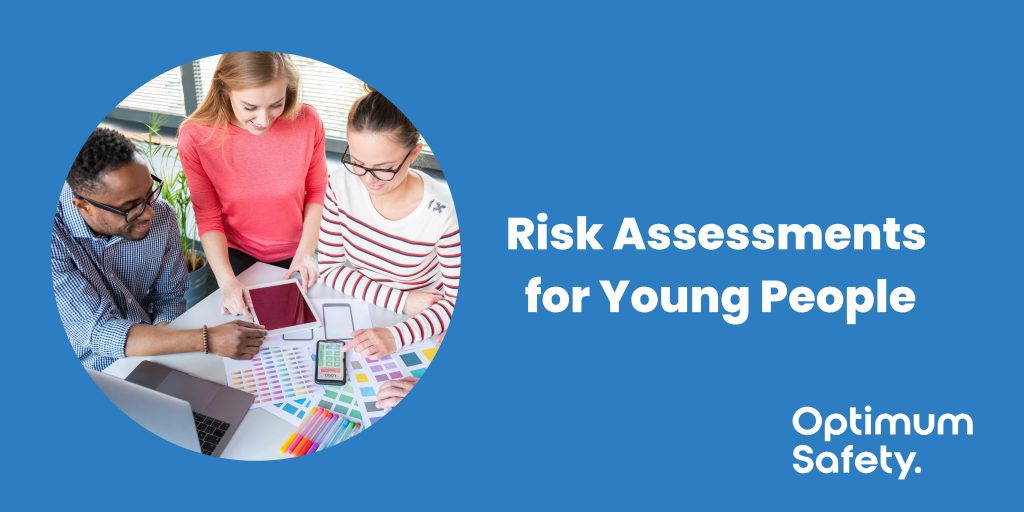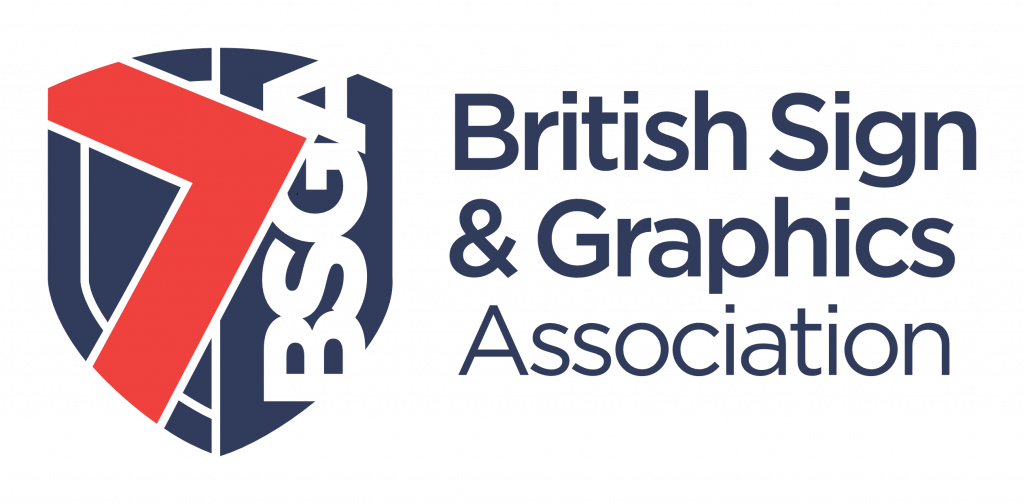
In addition to any pre-existing health and safety precautions within the workplace, additional implementations may be required if young people are present on-site. The term ‘young person’ usually refers to anyone under the age of 18.
Usually, young people are on-site to undertake work experience, visiting on an educational trip or being employed for what could be their very first time.
Whatever the reason, both the employer and the young person would benefit from a comprehensive risk assessment. Depending on the individual’s maturity and understanding of the work and workplace, an employer may decide on undertaking extra precautions to ensure their safety.
Types of risk
Workplaces that are typically associated with lower risk, like office spaces, are likely to contain everyday hazards that may already be familiar to a young person. For example, they may be advised to use caution around kettles, staplers, or any other potentially low-risk equipment.
In high-risk work environments like onsite sign instillation, manufacturing workshop, areas where there is vehicle movement (e.g., forklift trucks) more precautions should be put into place. Young people will likely not be aware of the differing procedures (e.g., working at height etc.) and therefore should be informed, supervised, and receive the appropriate training.
Employers constantly need to prioritise the health and safety of their employees, including young people. These should include inductions to safely prepare young people for the work they are to undertake or workplace they are to be based in, supervision to ensure any mistakes don’t become fatal, facility familiarisation to ensure they know where and who to go to if they encounter danger, and they need to be provided with any protective equipment required.
Things to look out for
Under the Management of Health and Safety at Work Regulations 1999, as an employer, you have a responsibility to ensure that young people are not exposed to risk from:
- lack of experience
- being unaware of existing or potential risks
- improper conduct
Risk assessments for young people
Employers must consider how risks may arise from anywhere in the workplace. The layout of the workplace is an important factor, and young people must be told where to go if they need help, where any welfare facilities are, and should be made aware of any other important areas.
Similarly, there should be careful consideration given to any tasks they are likely to engage in. Be it working with any potentially harmful physical, biological or chemical agents, or being trained to safely operate/handle work equipment. Some may not be suitable for use until a person reaches a certain age and undertakes the necessary training to ensure they are competent in its use.
Risk assessments should also factor in the extent of health and safety training the young person needs. They should be able to work confidently and competently, with or without supervision (although it’s recommended that supervision is provided until they display they are able to work safely).
Employers need to consider whether the work the young person will do:
- is beyond their physical or mental capacity (e.g. lifting weights and following instructions)
- involves harmful exposure to substances that are toxic, can damage/harm, or can chronically affect human health in any other way (be wary of exposure levels)
- involves the risk of accidents (the employer should consider the need for close supervision or training if this is the case)
A young person must never carry out such work involving these risks, whether they are permanently employed or under training such as work experience.
Risk assessments for young people
Employers must let the parents or guardians of any young person know the possible risks and the measures put in place to control them. This can be done in whatever way is simplest and suitable, including verbally.
Young people below the minimum school leaving age (MSLA of 16) must not be employed in industrial workplaces such as factories, construction sites etc, except when on work experience.
Young people under 13 are generally prohibited from any form of employment. Local authorities have powers to make bye-laws on the types of work, and hours of work, children aged between 13 and the MSLA can do.
Here at Optimum Safety, we appreciate that introducing young people to the world of work can help them understand the work environment, choose future careers, or prepare for employment.
We can offer help and support to businesses to prepare young people’s risk assessments. To discuss further, or for more information on how Optimum Safety can assist you – contact us.
By working with Optimum Safety, you will be able to concentrate on what you do best and have peace of mind by engaging our qualified health and safety advice.


 European Sign Federation
European Sign Federation